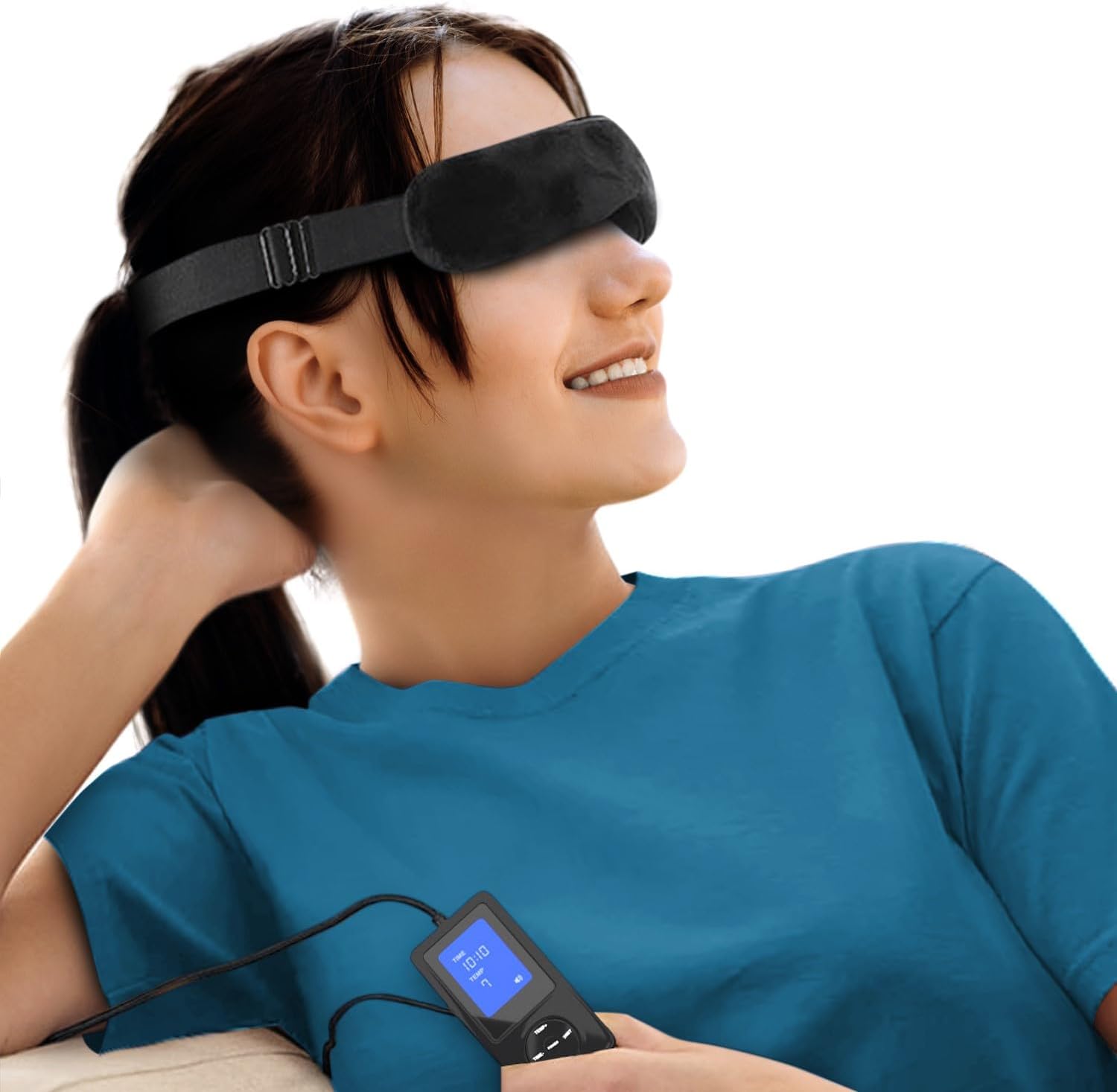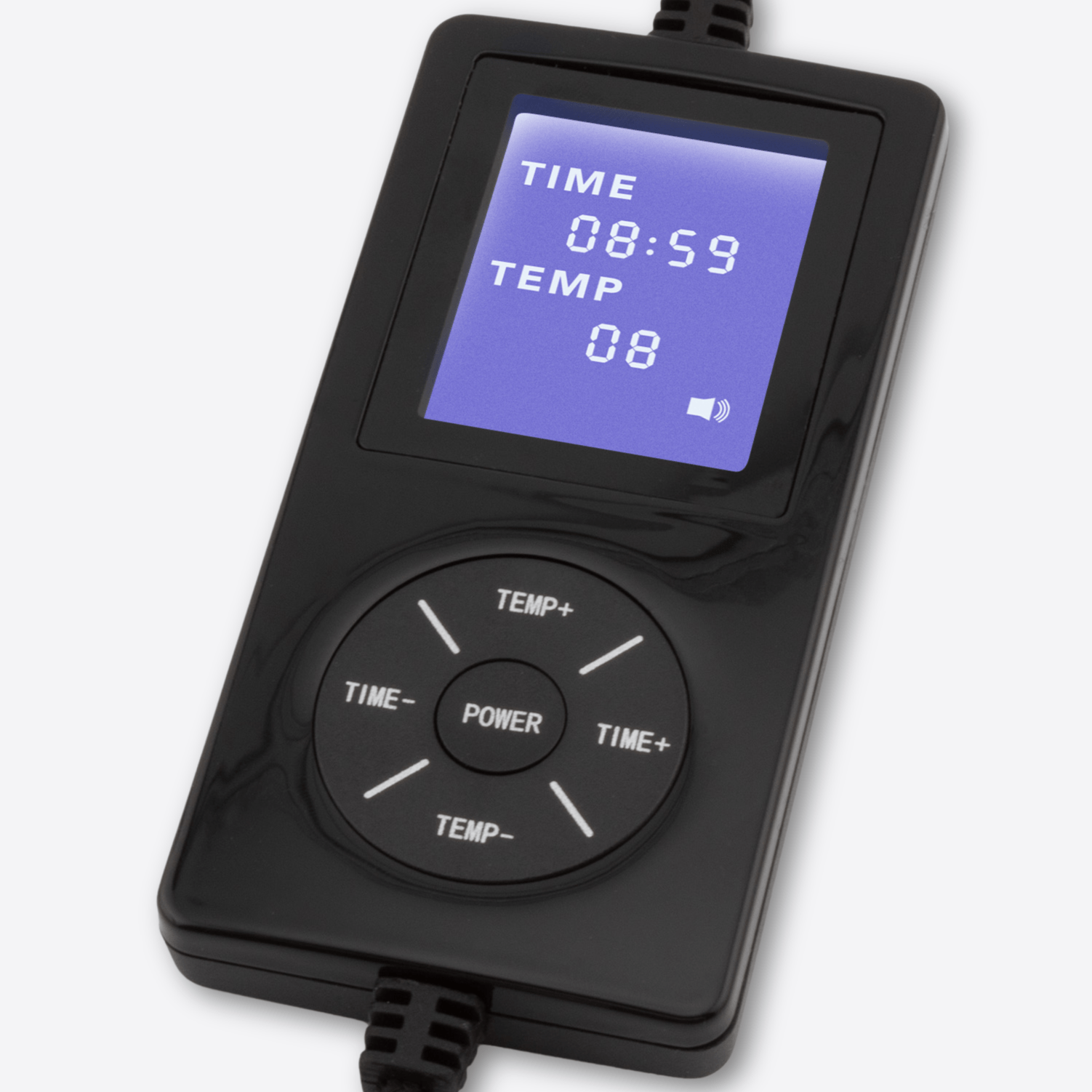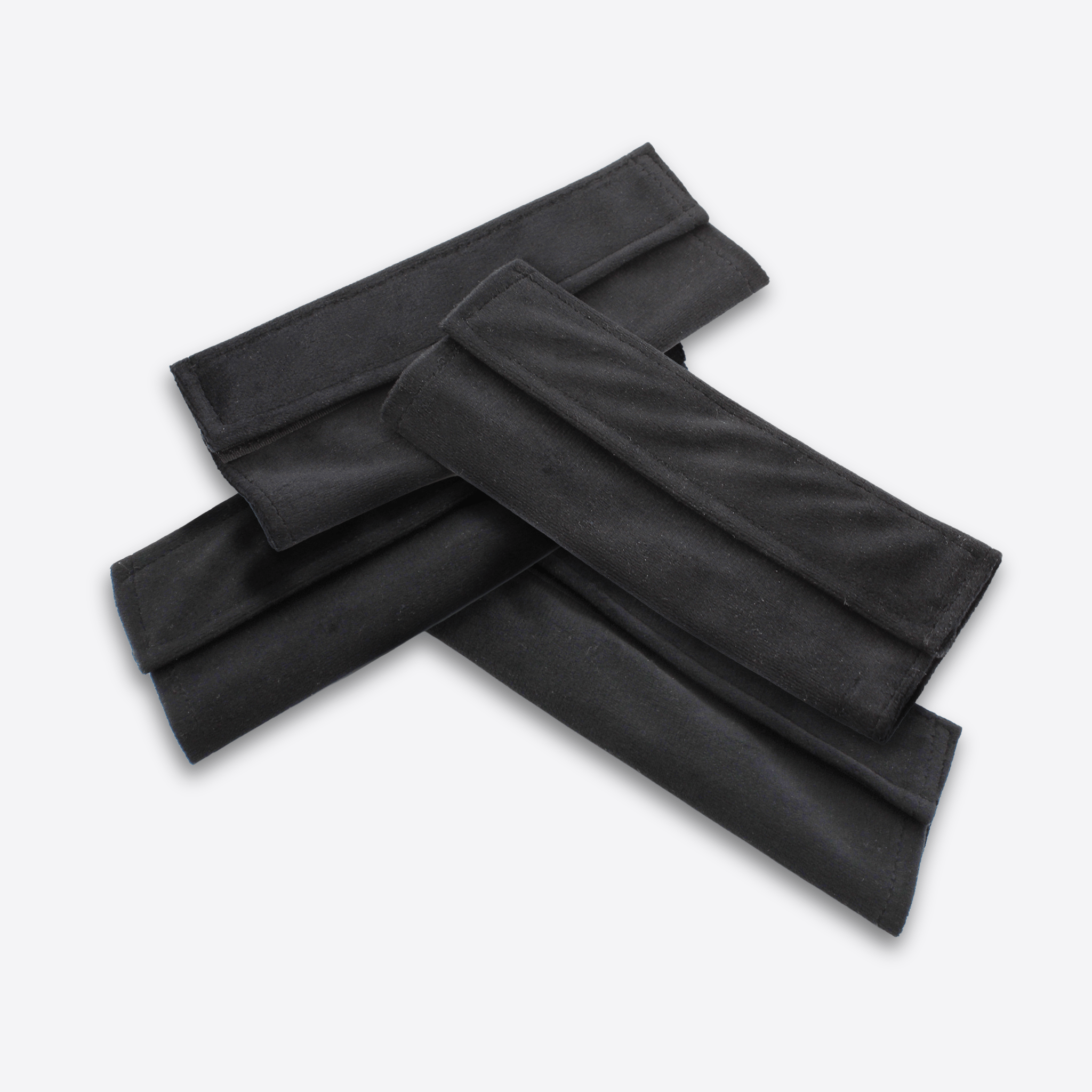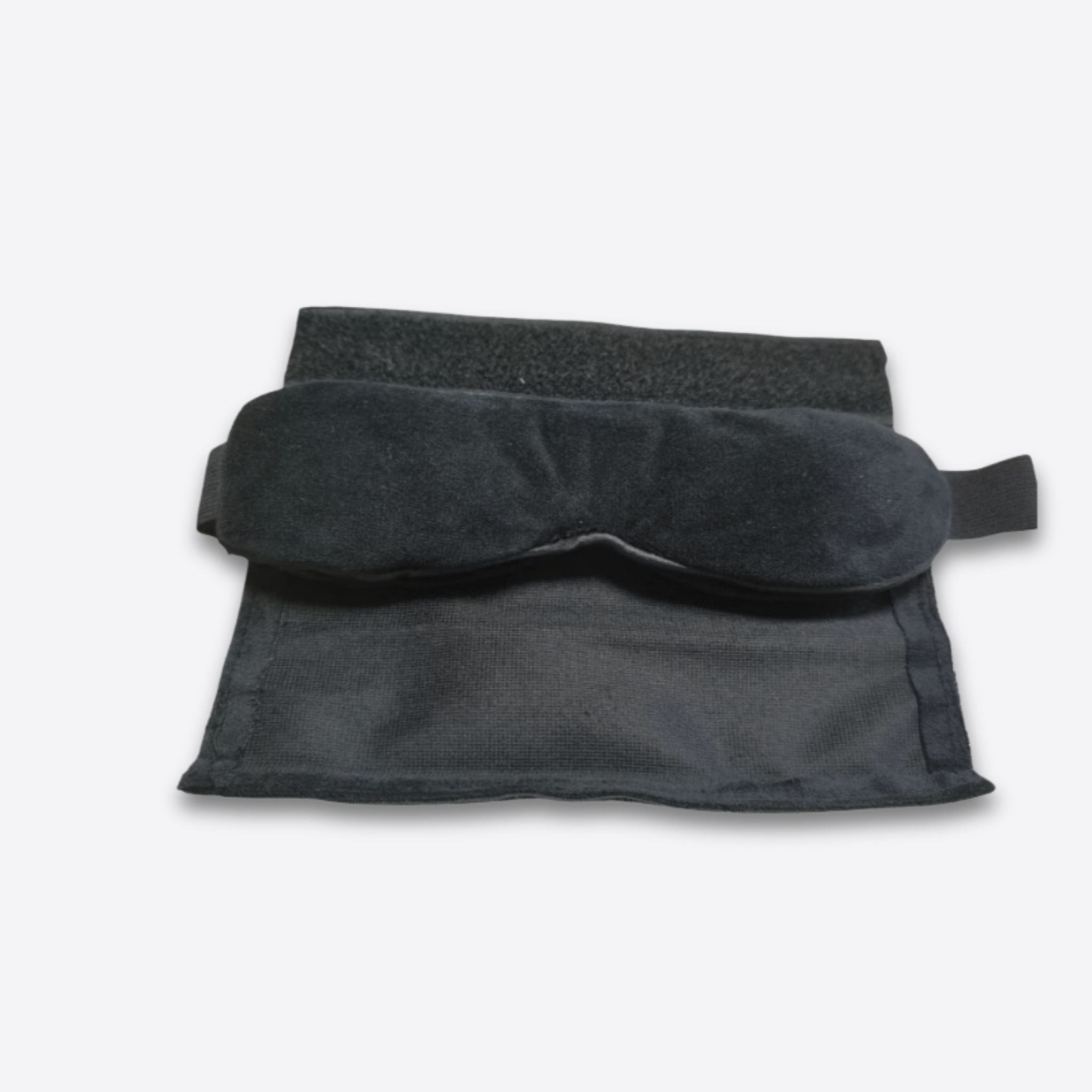What is a Stye?
A stye (also called a hordeolum) is an inflamed oil gland on the edge of your eyelid, typically around the eyelashes. Styes are among the most common eye conditions. They appear as red, swollen bumps that look similar to pimples and may feel tender and warm. Styes can develop on either the inside or outside of your eyelid.
These bumps result from bacterial infections, and sometimes they may release pus-like material. When a stye remains for a long time without being active, it's called a chalazion.
Chalazion may either go away on their own or develop into a granular formation inside a painless eyelid lump. Large chalazion can:
- Cause your eyelid to droop
- Interfere with vision
- Put pressure on your cornea, changing its shape
- Lead to astigmatism or reduce your upper field of vision
What Causes Styes?
Styes happen when oil glands in your eyelid become blocked and inflamed by:
- Bacteria normally found on your skin
- Eyelid mites (demodex)
This infection occurs when the secretions from Zeiss, Moll, or Meibomian glands become thick, dry, or stagnant. Staphylococcal bacteria most commonly cause these infections. Like acne, styes may drain and heal without treatment.
Risk Factors
Styes affect people of all races, genders, and sexes equally. However, adults may be more susceptible because their gland oil (sebum) is thicker. You're at higher risk if you have:
- Dry eye
- Blepharitis (eyelid inflammation)
- Seborrheic dermatitis
- Rosacea
- Diabetes
Common Symptoms
- Painful swelling of the eyelid
- Eyelid puffiness
- Redness
- Feeling like something is in your eye
Diagnosis
Eye doctors diagnose styes by examining your eyelids and lashes, sometimes turning the eyelid inside out for a better look. Under magnification, they'll see a localized, tender, red, raised area with a pointed bump on either side of the eyelid.
Important note: If you experience pain when moving your eye along with swelling and redness around the eye socket, this might indicate a more serious condition called orbital cellulitis, which requires immediate medical attention.
Treatment Options
Common treatments include:
- Warm compresses
- Over-the-counter lid scrubs and topical medications
- Antibiotic ointments
- Eyelid massage
- Sometimes oral antibiotics for more severe cases
Both internal and external styes receive the same treatment. These approaches aim to reduce healing time and relieve symptoms. Treatment works best when started within the first week. After this time, the stye may either resolve on its own or require surgical drainage.
Final Thoughts
A stye can be an irritating or even debilitating problem. Not only is it a painful condition, but it can affect one’s confidence throughout a normal day due to the visible swelling it causes. The range of treatment options either aim to disinfect the area where the stye is or provide heat therapy to encourage better flow of the oils within the region of the eye and hopefully bring to the surface what needs to be expressed. This encourages a quicker healing process and recovery to the affected area of the eye.
Disclaimer: This article serves informational purposes only. Consult an eye care professional for personalized medical advice and treatment recommendations.







